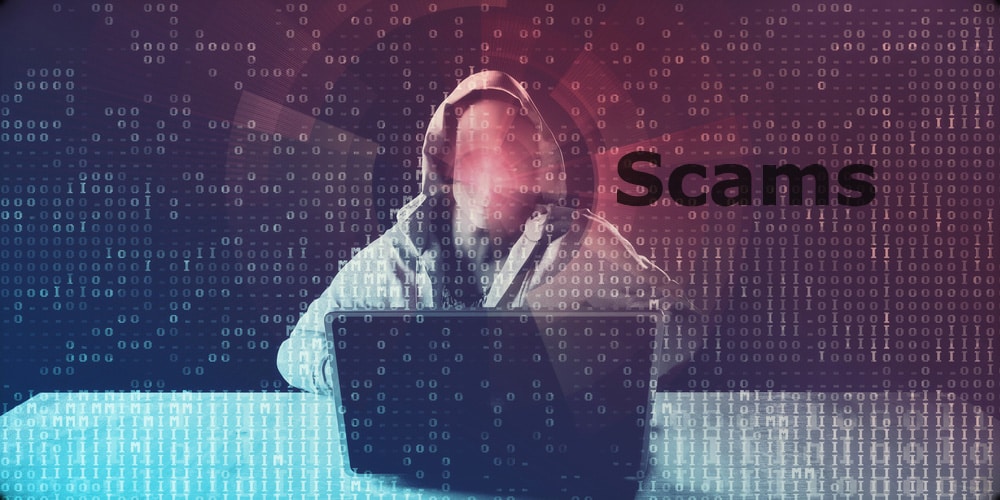Decentralized Finance (DeFi) is an ecosystem of financial apps developed on blockchain. Because of the smart contract functionality available on the Ethereum blockchain, it has become the most widely used platform for creating these applications.
DeFi aims to promote the operation of the global financial system in a transparent and open-source environment. Anyone can use DeFi in theory or in practice, with no central authority in charge. Products and services now offered by DeFi include decentralized exchanges for lending and borrowing money as well as decentralized marketplaces for all of the aforementioned solutions.
Using smart contracts is the common deliverable in DeFi-based apps. A smart contract, as opposed to a traditional one, uses computer code to specify the interaction between the parties involved.
A key feature of smart contracts is their capacity to enforce their rules through the use of computer code. In this way, it is possible to automate and execute many business activities reliably without the need for human oversight.
However, scammers have spotted an opportunity in the DeFi mania. With a loss of more than $10 billion in 2021, DeFi theft and fraud were among the most prominent hacks.
Cryptocurrency and DeFi in particular are high-risk investments, and investors should be aware of these hazards before deciding to invest. Some are common frauds and risks that you can easily avoid if you keep your attention to detail.
Why is DeFi susceptible to attacks and scams?
- It is a platform that is not regulated in any way: The open-source nature of the DeFi platform makes it easy for scammers to swindle people out of their money, and it’s impossible to get those dollars back.
- Because smart contracts are the foundation of all DeFi platforms: DeFi’s smart contract-based functioning and the fact that the blockchain is permissionless make it possible for anybody to establish scam enterprises or clone others.
Choosing a DeFi project: what to look for
Due to DeFi’s ability to remove the need for middlemen, a new stream of financial systems has been created that operates permissionlessly and openly. This has opened the door to several projects that have remarkable innovations and has led to a significant rise in the adoption of DeFi in the financial sector.
Understand the smart contract
Crypto-based DeFi initiatives can’t function without smart contracts — a collection of code that executes predetermined actions according to predetermined rules on the blockchain.
Despite the fact that smart contracts can be complicated, it’s always worth asking an expert about them or looking into them yourself if you have the skill. A developer’s code might be a source of project flaws. Therefore it’s important to keep an eye out for any problems.
Usually, if an audit of a smart contract indicates that the code is safe, scammers will choose not to participate due to the high cost. In contrast, there is a red signal the instant you notice that a project’s smart contract has not been audited.
Conduct a thorough research
Investors should begin by researching a project or a token’s website where it can be purchased, its white paper, and its listed developers or founders. They may not be the sole indicators of a shady operation, but they can help you decide where to put your money and disclose details about a project that wasn’t clear at first.
One way to tell if a project is a fraud is to try to track down the persons behind it and establish who they are. Finding out about the founders, seeing if they’ve previously worked on a related project, and learning about their accomplishments will help you decide which direction to go in.
It’s important to keep in mind that not all projects with anonymous teams are scams. It’s safe to say that there are numerous real-world examples of initiatives that employed anonymous teams. Nonetheless, it’s important to keep in mind the ramifications of anonymity in the team when evaluating initiatives.
Utility token distribution
Token price inflation is one of the key indicators of DeFi fraud. If the project’s creator holds 51% of the token, they will dump it into the market, which will bring down the entire price for that coin.
Always check out the tokenonics and team allocation/distribution of tokens when you get a new project to work on.
You should also review the project’s presale and make sure that no key team/insiders obtain large amounts of the cryptocurrency. This is understandable, considering that they will be the ones to promote the coin to attract new participants.
Analyze the progress of the project
It’s also a good idea to check out development activities. The open-source philosophy is tightly interwoven with the DeFi concept.
So, if you’re familiar with coding, you can examine the code for yourself. As long as there’s enough interest in the open-source project, it’s likely that someone else will get involved. This could reveal if the project is fraudulent.
It’s also important to keep tabs on how things are progressing. How frequently are the programmers updating the software they’ve already created? This is a helpful barometer for determining whether the developers are serious or merely out for the money. Nonetheless, it can still be manipulated.
In summary
Scammers are expanding their schemes to take advantage of the growing interest in DeFi’s unique financial breakthroughs.
When it comes to DeFi, there are no easy means to recover funds or bring criminals to justice. The good news is that you can learn what to look out for so that scammers don’t take advantage of you.
